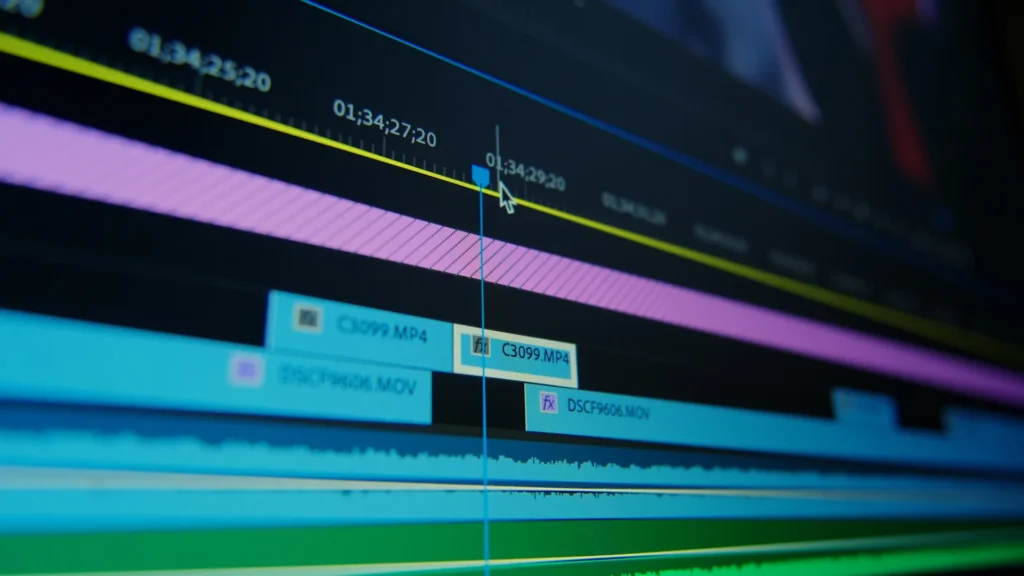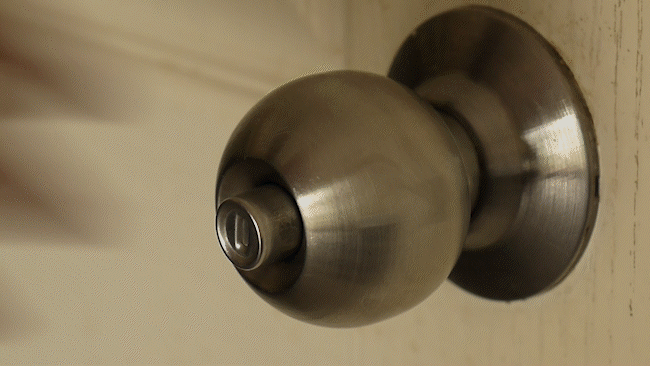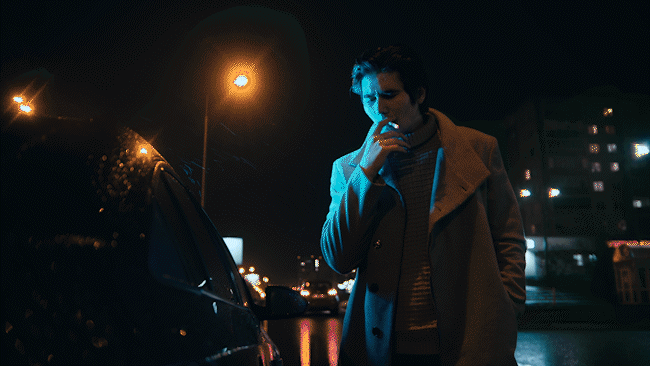Video editors are fooling your brain – on purpose. Find out how Neuroscience and Psychology shapes the way you watch videos.
Have you ever wondered how you’re able to watch an entire movie or video without getting distracted? Why everything feels smooth and natural, even when the scenes keep changing?
Well, it’s not just great storytelling or fancy camera work. It’s actually your brain… being tricked.
Yes, video editors are fooling your brain, and that’s exactly why you’re able to enjoy what you watch without interruptions.
But how? Let’s break it down.
It’s More Than Just Cutting Clips – It’s Brain Science

Most people think video editing is just about trimming clips and adding effects.
In reality, editing is applied psychology. It’s neuroscience in action.
Editors carefully control what you see, what you hear, what you feel, and even what you remember. They guide your attention using your brain’s own natural tendencies.
Whenever you watch something, your eyes send electrical signals through the optic nerves to your brain. Your brain then converts these signals into visuals and decides what’s important and where to focus.
But here’s the catch, your brain is lazy. It skips details, it fills in the blanks, it makes assumptions. And good editors take advantage of this.
Just like magicians use sleight of hand, editors use something called attentional misdirection. They guide your eyes to one part of the frame while secretly making changes elsewhere.
If your attention is on a moving car in the frame, the editor can sneak in a cut or transition without you noticing. Your brain is so focused on the motion that the edit becomes invisible.
That’s the beauty of cognitive ease. your brain loves smooth, continuous experiences and hates uncertainty. Editors use rhythm, pacing, and the right types of cuts to give your brain exactly what it wants, while hiding what they don’t want you to see.
It’s not magic, it’s brain science.
The Most Common Editing Tricks That Fool Your Brain
Let’s explore some of the most common editing techniques that take advantage of how your brain works:
1. Jump Cuts
Jump Cuts are used to skip time while still keeping the story flowing.
For example, if you’re showing someone climbing a mountain, you don’t need to show every single step. You can skip the middle part and jump ahead.
Your brain automatically fills in the blanks and understands what’s happening, even if it didn’t see every frame.
2. J-Cuts And L-Cuts
These are all about sound.
A J-Cut lets you hear the next scene before you see it.
An L-Cut keeps the previous scene’s audio playing even after the visuals have changed.
These cuts help scenes feel more natural and emotionally connected. Your brain follows the sound and ignores the sudden visual change.
3. Match Cuts
A Match Cut connects two different shots using similar shapes, movements, or visuals.
For example, if a man closes his eyes in one scene, and in the next scene as a child he opens them – your brain accepts the shift from present to past smoothly.
Match cuts feel satisfying because the transition is visually linked, even across timelines.
4. Continuity Editing
Ever noticed how conversation scenes switch between two people, yet it all feels real-time?
That’s called Continuity Editing, and it follows a basic rule called the 180-degree rule. Editors draw an imaginary line between two characters and keep the camera on one side of that line to avoid confusing your brain.
If the camera crosses this line, your brain feels disoriented. So editors make sure it doesn’t.
5. Match On Action
This is one of the cleverest tricks.
Let’s say a person reaches for a doorknob. The first scene shows the hand moving. The next scene shows the door opening from another angle.
Even though it’s two different shots, it feels like one continuous action because your brain prioritizes motion over visuals. That’s called motion continuity bias.
6. Change Blindness
Ever watched a movie and failed to notice that something suddenly changed?
In Dhoom, there’s a scene where John Abraham’s bike changes mid-air while jumping over a train, and then changes back. Many people never notice it.
That’s change blindness, a psychological phenomenon where your brain misses small changes during a cut, especially when it’s focused on something else.
Editors use this blind spot to make seamless transitions and hide inconsistencies.
Sound: The Real Master of Manipulation
Your ears don’t have eyelids. You can’t “close” your ears. So whatever sound goes in, goes straight to your brain.
Editors use this to their advantage with music and sound effects.
Try watching an emotional scene without music. it feels flat. Now add a sad piano melody, and suddenly your heart sinks.
That’s because music directly hits the limbic system, the emotional center of your brain. It bypasses logic and floods you with feelings, without asking for permission.
Sound effects do something similar. Even if the visuals stay the same, adding the right sound can make you feel like you’re inside the scene.
Color Grading Isn’t Just for Looks

Many people think color grading is just about making videos look cinematic.
But colors affect your emotions too.
- Warm tones like orange and yellow feel happy and nostalgic.
- Cold tones like blue and green create feelings of sadness or loneliness.
Why? Because our brain associates colors with survival:
- Red = Danger
- Blue = Calm
- Green = Safe
These are primal instincts, and editors use them to guide your feelings—without you even realizing it.
Check out: 50 Premium LUTs Pack For Just $1.99
Conclusion: It’s All in Your Head
Video editing isn’t just technical. It’s psychological. It’s about using neuroscience + storytelling to create an immersive experience.
From attentional misdirection to motion continuity bias, from change blindness to emotional manipulation using sound and color, editors use every cognitive trick in the book to keep you emotionally invested.
And the best part? You never even realize it.
Because at the end of the day, great editing isn’t about what’s on the screen, It’s about what happens in your mind. And that is the kind of storytelling that truly lasts.

